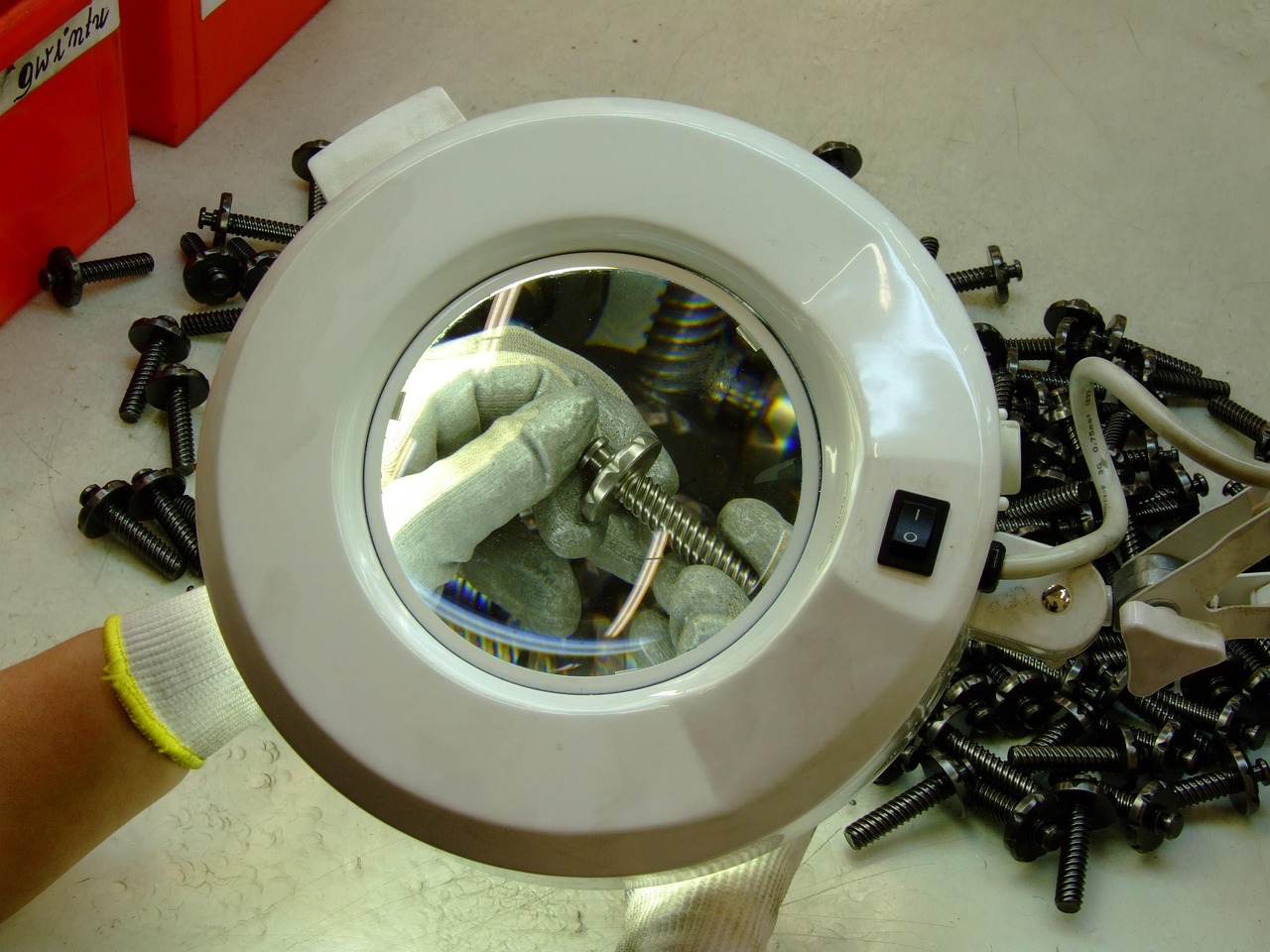Struggling to spot delays on your shop floor? 90% of manufacturing bottlenecks stay hidden without a powerful MES system
Manufacturing Execution System for factory efficiency is Most Important. Your next production delay is already happening will you catch it in time?
Track Production Now!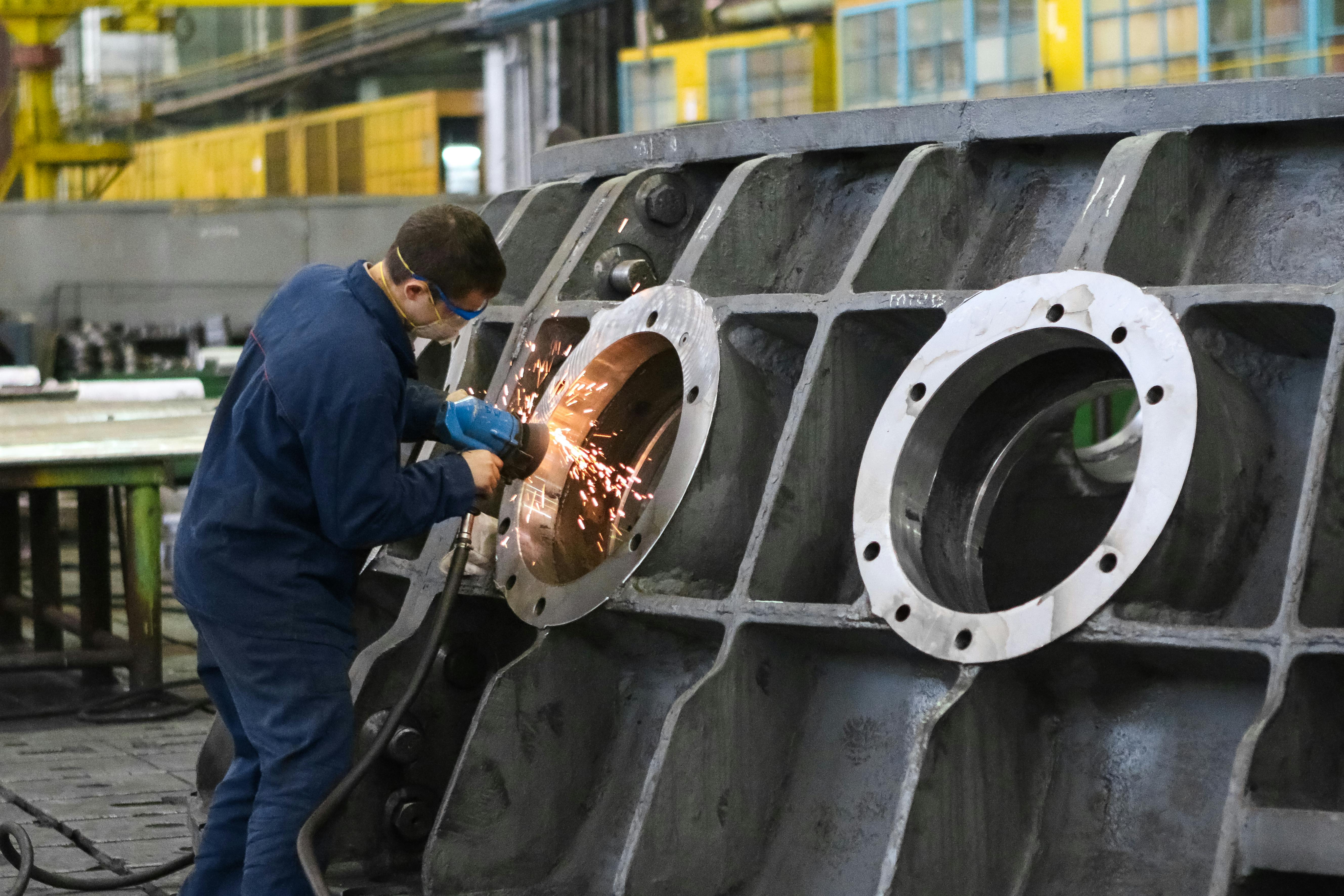
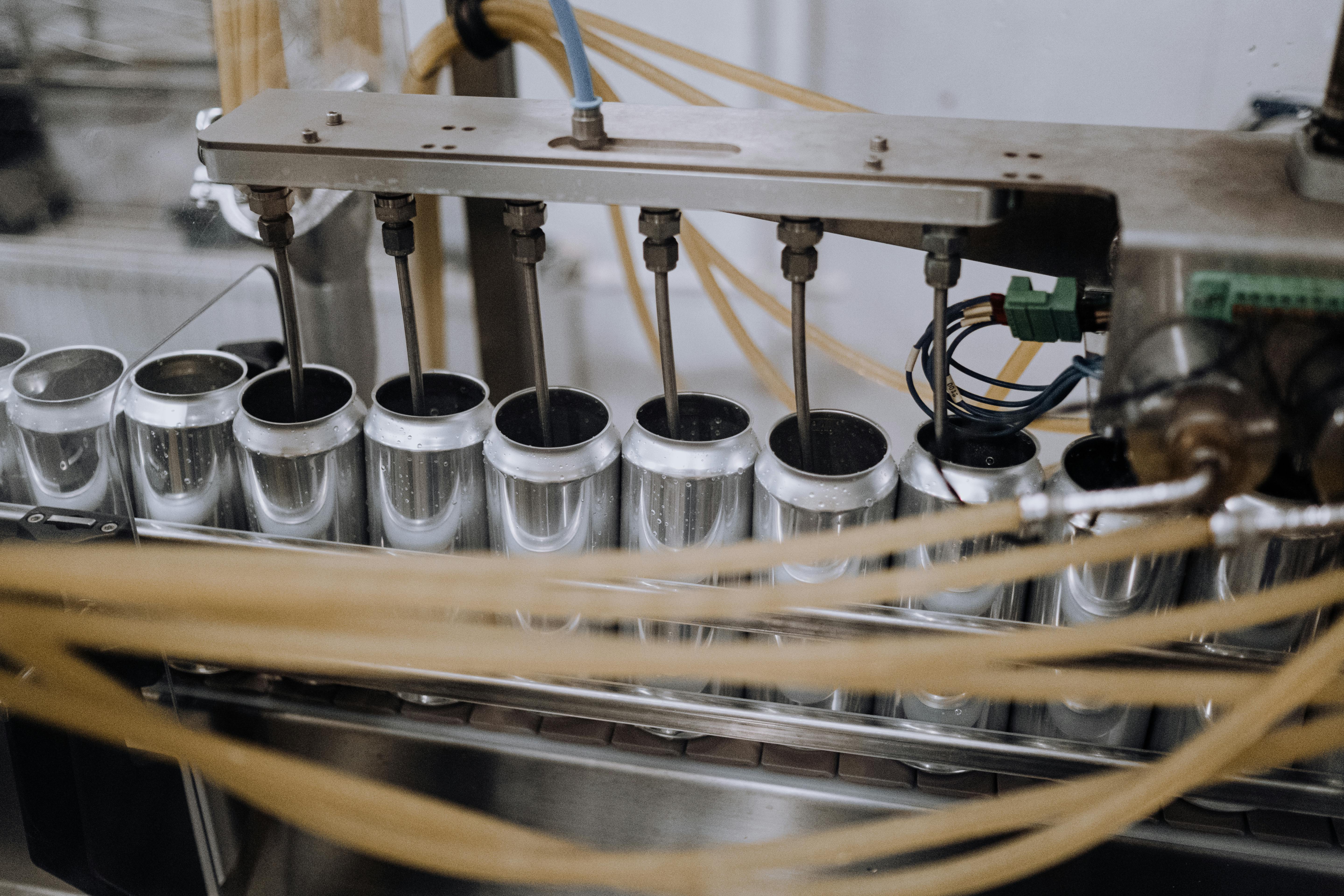
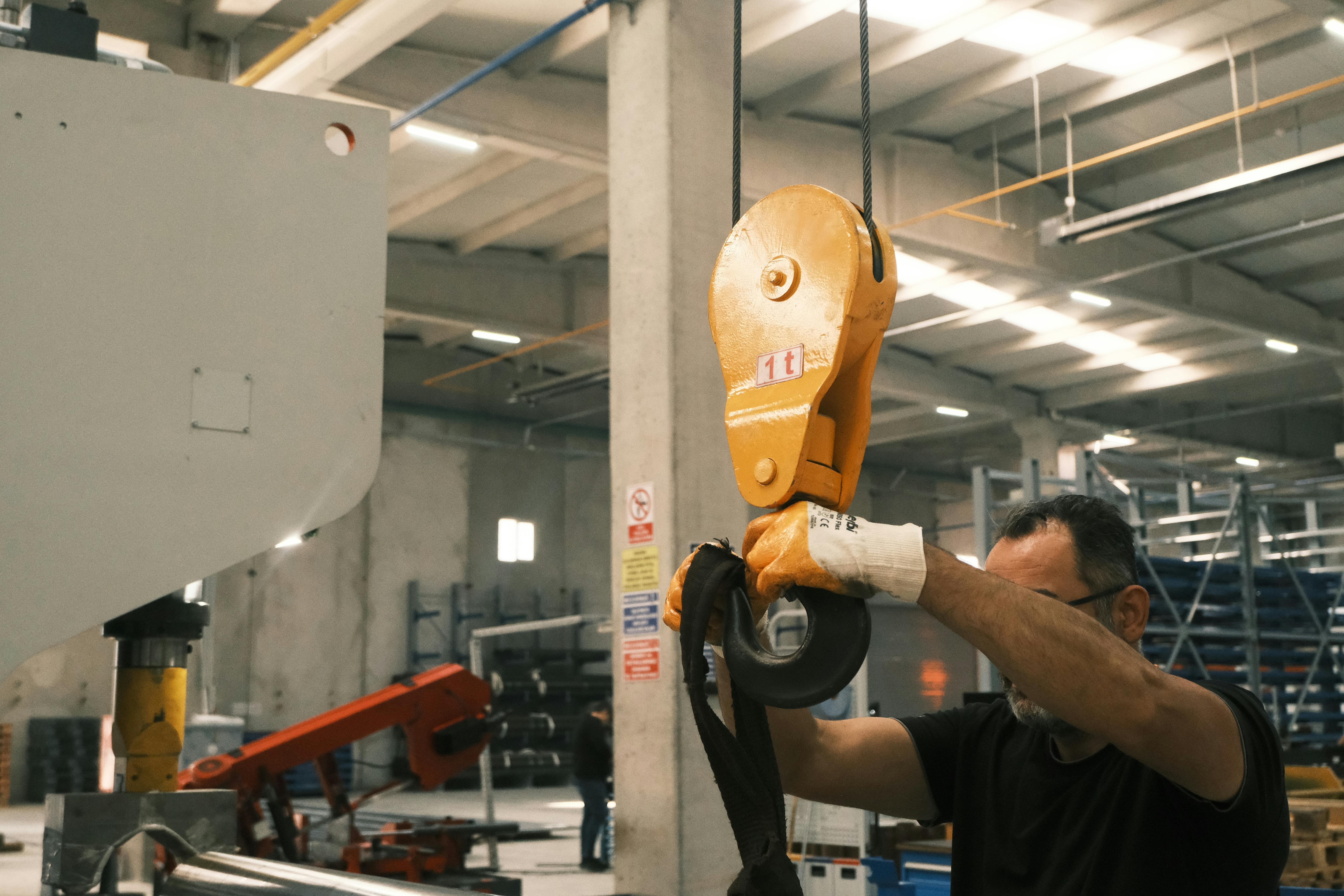
Don’t just monitor manufacture smarter, faster, and better.
90% of production issues go unnoticed until it’s too late.In today’s market, real-time visibility isn’t optional — mes manufacturing execution system is the key to manufacturing faster, with fewer errors.
How We Do It?
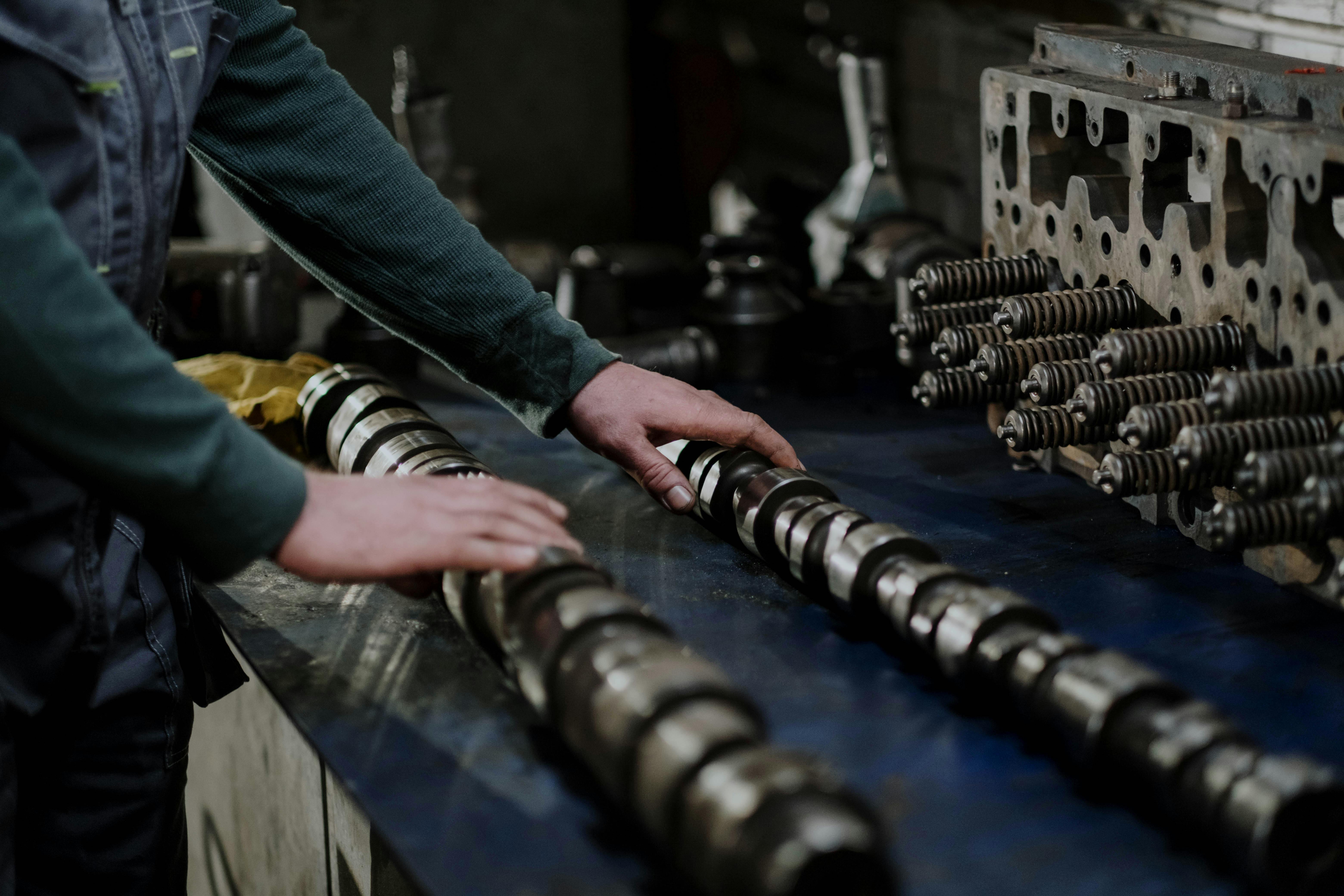
#1 Source for High-Quality Manufacturing Workflow Control
Our Manufacturing Execution Software turns chaos into clarity — track tasks, fix delays, and boost production speed with real-time updates.
Outdated manual tracking products — go digital and never miss a delay again
Traditional paperwork slows you down — streamline operations for faster output
Your production is happening live — monitor it live, before problems become losses
Talk To Us ?
Contact With Our Professional Team
"Don’t just manage with whiteboards — use a smart Manufacturing Execution System (MES) to reduce delays, increase output, and take full control of your production floor.
Want to scale smarter? Claim your Free Consultation — just 17 spots left this week!
Talk to an ExpertWhat Our Clients Say!
Most trusted solution provider for Manufacturing Execution System systems and OEE software—delivering real results
The best decision I made for my factory! Their MES manufacturing execution system helped us identify hidden delays and improve efficiency within weeks.
Ritesh Chavan
I struggled with production downtime and lack of visibile data, but Unwraptech made it effortless with their MES system. Highly recommended for any manufacturing unit!
Ananya Sharma
I used to think buying new machines was the only way to improve output. But Unwraptech’s MES and OEE dashboard revealed hidden inefficiencies and helped me make data-driven improvements without extra investment.
Vikram Nair
Managing shop floor operations used to be a nightmare, but Unwraptech’s MES system brought real-time clarity and control. We’re now operating at peak efficiency.
Raj Vakaligara
Unwraptech’s MES execution system showed me the real problem wasn’t capacity, but efficiency. Their OEE software helped me fix it without buying new machines.
Arjun Revankar
If you need real-time production insights and performance improvement, don’t think twice—Unwraptech’s MES system and OEE dashboard deliver exactly what they promise.
Sneha Iyer
Unwraptech’s MES system completely transformed our manufacturing process. More visibility, better decisions, and improved output!
Rahul Malhotra
Manufacturing performance is their expertise! Unwraptech’s Customized MES system and OEE software implementation helped us boost productivity and reduce downtime significantly.
Divya Joshi
I wasn’t sure if a MES system would fit our complex operations, but Unwraptech’s customized execution strategy made all the difference.
Karan Bansal
Unwraptech's MES implementation, we were impressed by how Unwraptech customized their system to our workflows. It drastically improved our efficiency and decision-making.
Neha Gupta
Unwraptech understands manufacturing like no one else. Their MES execution system and OEE software delivered exceptional ROI in just a few weeks.
Amit Tiwari
As a production manager, finding the right MES and OEE solution was tough—until we worked with Unwraptech. The performance gains were immediate and measurable.
Swati Javvaji
We tried multiple MES tools with no real impact—Unwraptech was the first team that actually helped us improve efficiency and reduce downtime.
Prakash Choudhary
Most MES solution providers overpromise, but Unwraptech actually delivers. Their system gave us real-time production insights and measurable improvements.
Manoj Desai
Unwraptech’s MES and OEE solutions gave us clarity, control, and a fantastic return on investment. Totally worth it!
Sandeep Pillai
Manufacturing Execution System (MES): The Ultimate Guide
Table of Contents
- 1. Introduction to MES
- 2. Where MES Fits in the Automation Stack
- 3. Core Capabilities of MES
- 4. Additional Functionalities of MES
- 5. Challenges with Off-the-Shelf MES Solutions
- 6. Benefits of Building MES Using IoT Platforms
- 7. MES Building Process
- 8. End-User and Integrator Insights
- 9. FAQs on MES
- 10. Conclusion
1. Introduction to MES
MES (Manufacturing Execution System), also known as MOM (Manufacturing Operations Management), is the core software layer where manufacturing happens. It converts ERP-driven plans into plant-floor actions, helping monitor, control, and optimize production processes in real time.
2. Where MES Fits in the Automation Stack
The typical automation stack includes Cloud, ERP, MES, SCADA, and PLC/HMI. MES sits between ERP and SCADA, executing real-time manufacturing based on ERP instructions and feeding performance data back to upper layers.
3. Core Capabilities of MES
- Work Orders: Translating production plans into machine-level instructions.
- Scheduling: Determining when production runs should happen.
- OEE (Overall Equipment Effectiveness): Measuring Availability, Quality, and Performance.
- Downtime Tracking: Logging idle machine times and reasons.
Note: While OEE and downtime tracking are central to MES, scheduling and work orders might be handled by ERP in some setups.
4. Additional Functionalities of MES
- Recipe & Availability Management
- Quality Inspection
- Digital Work Instructions
- Inventory Tracking
- Custom Dashboards & KPIs
5. Challenges with Off-the-Shelf MES Solutions
Many manufacturers outgrow off-the-shelf MES software due to its limited flexibility and “cookie-cutter” design. These systems often can't support specialized requirements such as complex recipes, batch processing, or diverse machine data ingestion.
6. Benefits of Building MES Using IoT Platforms
- Flexible integration with diverse hardware and software
- Custom scripting and visualization capabilities
- Real-time dashboards and predictive analytics
7. MES Building Process
The process of building a Manufacturing Execution System (MES) is a strategic endeavor that ensures the final solution aligns perfectly with the specific workflows of a manufacturing facility. A successful MES must be tailored to the actual on-ground operations, enabling precise tracking, control, and optimization. Below are the key steps:
- Understanding Your Factory & Workflow: Start by gaining a deep understanding of your factory layout, machine configurations, human resources, and operational flow. Identify critical control points and data generation sources.
- Process Mapping & Analysis: Study and document each manufacturing process in detail—from raw material intake to finished goods. This ensures the MES aligns with existing procedures and highlights inefficiencies.
- Track Every Product, Every Step: Implement traceability mechanisms to track each unit through every step of production. This provides insights into cycle time, bottlenecks, downtime, and quality checkpoints.
- Build According to Actual Processes: Instead of using generic workflows, build the MES to reflect the real production environment—custom dashboards, forms, and automation logic should match the actual needs.
- Customization & Integration: Tailor the MES to your factory’s specific requirements, including machine interfaces, ERP connectivity, quality systems, and reporting tools. Flexibility is key to scalability.
By following this structured approach, manufacturers can build a resilient MES that evolves with the plant, improves visibility, and enables data-driven decisions.
8. End-User and Integrator Insights
Off-the-shelf integrators often promote only what their system supports, while “building” integrators may use proprietary methods that later become limiting. As users become digitally mature, they often transition to IoT-based custom MES solutions to gain flexibility and scalability.
9. FAQs on MES
Q1: What is MES in simple terms?
MES is the software system that manages real-time production execution on the plant floor, bridging the gap between ERP planning and machine-level control.
Q2: Why not just use SCADA or ERP?
ERP is for planning; SCADA is for machine-level control. MES handles the real-time production logic that neither system fully supports alone.
Q3: Can MES be customized for different industries?
Yes. MES is highly customizable and varies significantly across manufacturers, especially in process-heavy industries like food, pharma, and chemical.
Q4: What’s the role of IoT in MES?
IoT platforms provide connectivity, data normalization, and flexibility needed to build scalable MES systems customized to specific factory needs.
Q5: Is it better to build MES or buy one?
If your processes are unique or you want advanced analytics, building MES platform is definitely more effective than buying off-the-shelf solutions.
10. Conclusion
MES is the heart of digital manufacturing. Whether you build or buy, having a strong MES implementation is key to achieving higher efficiency, compliance, and production visibility in real-time. As industries evolve, MES systems will become even more critical to success.










